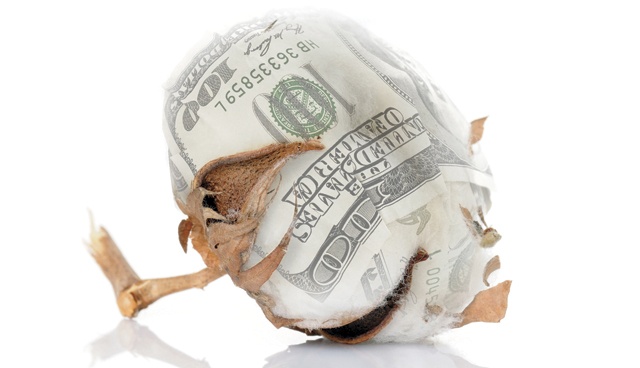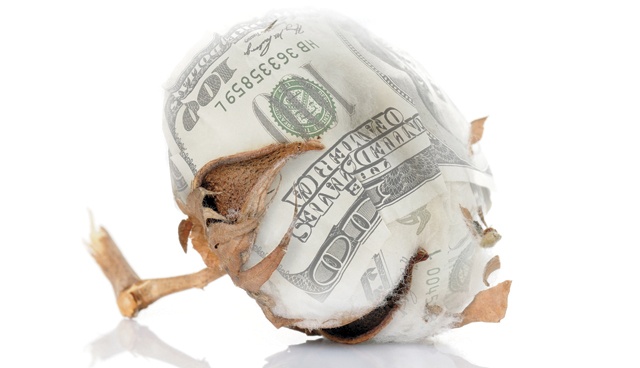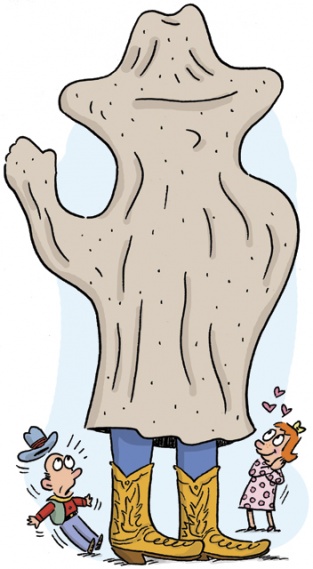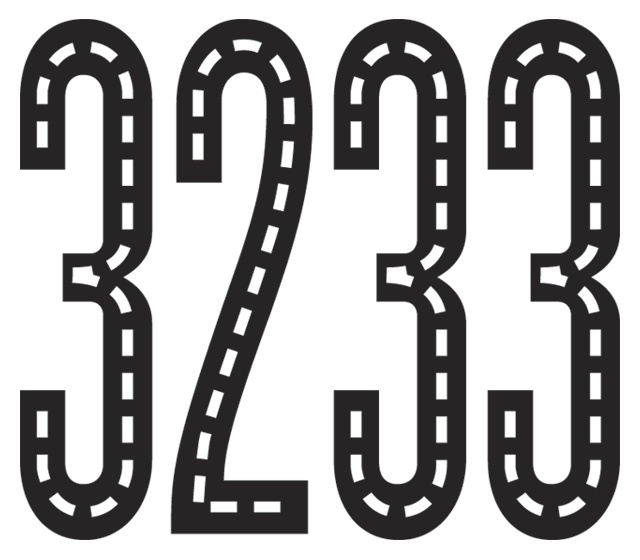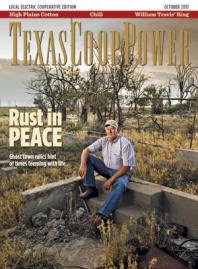We’re thinking big this month, motivated by cotton fields that consume the horizon and by the return of our favorite State Fair fixture.
Cash Crop
Cotton is big money (see “Where Cotton Doesn’t Shrink”). The crop adds about $1 billion into the Texas economy every year.
Actually, cotton is money. U.S. paper currency is made from 75 percent cotton and 25 percent linen, according to the U.S. Bureau of Engraving and Printing. Some of the cotton grown in Texas ends up back in Texas in the form of dollar bills.
Not only that, one of the two printing plants used by the Bureau of Engraving and Printing to produce money is in Fort Worth. The other is in Washington, D.C.
More than 6 billion bills of all denominations were printed in the U.S. in fiscal year 2009, consuming 21,476 bales of cotton, according to the National Cotton Council of America. The total dollar value of these bills was $219 billion.
One more thing: After about 4,000 double-folds (first forward and then backward), a paper bill will tear.
The Big Guy is Back
The state’s tallest cowboy is back. Big Tex returns to the State Fair of Texas nearly a year after a fire destroyed the iconic ambassador during last year’s fair. The new Big Tex will be unveiled on the fair’s opening day September 27 on the spot he has traditionally occupied since 1952.
Big Tex has grown three feet and quadrupled in weight, thanks to a beefier internal structure that no longer needs guy wires for support. He stands 55 feet tall and weighs a whopping 25,000 pounds.
The state fair received more than $95,000 in public donations and $155,000 from insurance to help with the expense of building the new Big Tex, which is expected to cost $500,000, according to The Dallas Morning News. Part of that cost includes a fire suppression system.
By the Numbers
There are 3,233 interstate highway miles in Texas, according to the Texas Department of Transportation—more than any other state.
